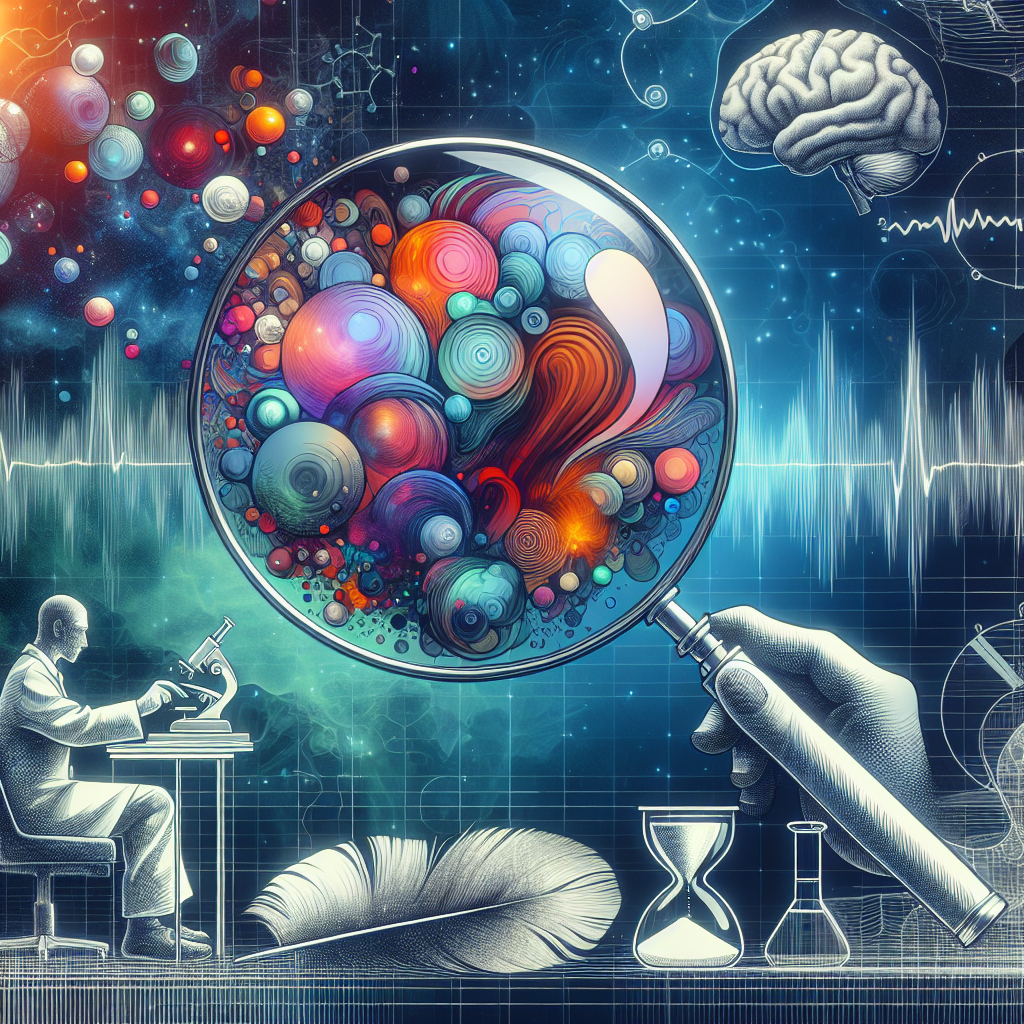
Dreams have intrigued people for centuries and are a source of inspiration, fear and wonder.The study of dreams has evolved much, from ancient civilizations that saw them as messages from gods to experiments by modern scientists on their neurological basis.
This article examines scientific studies of dreams focusing on key findings, relevant statistics, and different perspectives.
Dreams’ Nature
Dreaming is the collection thoughts, pictures, and perceptions that run through the mind of someone during sleep.The most vivid dreaming occurs when one is in rapid eye movement (REM) sleep which occupies about 20-25% of adults sleeping time.
The National Sleep Foundation reports that the average person dreams four to six times per night but you do not remember all the dreams after waking up.
The Neurological Basis for Dreams
In recent years , there have been significant strides in our understanding of brain activity during sleep thanks to modern neuroscience.
Functional magnetic resonance imaging (fMRI) and electroencephalography (EEG) techniques reveal an increased activation in limbic system associated with REM sleep. These areas are known for emotions like amygdala while hippocampus is known for memories; this therefore suggests that dreaming could be contributing to emotional regulation or memory consolidation.
A research paper in Nature Neuroscience showed that when we are in REM sleep, the prefrontal cortex which governs logical thinking and self-control is less active.This reduction in functioning might be a reason why dreams often seem bizarre or illogical (https://www.nature.com/articles/nn.4545).
Psychological Perspective
In psychology there have been a number of interpretations given to dreaming.
Sigmund Freud, who founded psychoanalysis, proposed that dreams were expressions of our deepest longings and fears based in childhood.
One of Carl Jung’s notable theories was that dreams could provide insight into the collective unconsciousness by having elements shared by all people.
Cognitive science and emotional processing are two common frameworks through which modern psychology interprets dream phenomena.
According to a study published in Journal of Sleep Research, individuals experiencing higher levels of stress and anxiety during their waking lives tend to report more negative emotions in their dreams
Cultural and Social Perspectives
Dreams are not only objects of scientific research but also cultural events.Different cultures attach different meanings to dreams.
For instance, many indigenous cultures believe that they can use dreams as channels for communicating with ancestors and spiritual beings.Different perspectives on dreams are there in Western societies than in other cultures.
According to a survey by the Pew Research Center, dreams, as believed by 68% of Americans, give insight into the subconscious while 27% think they predict the future (https://www.pewresearch.org/ fat-tank/202/01/02/Americans-believe-in-the-supernatural/).
Dream therapy Dream research also involves therapeutic applications.Psychological problems may be treated through practices such as dream analysis and lucid dreaming.Such practices have been shown to help deal with nightmares and post-traumatic stress disorder.
Lucid dreaming is being aware that one is dreaming and can somewhat control the dream has been proven to alleviate nightmares and post-traumatic stress disorde
It should further be noted that lucid dreaming therapy reduced nightmare frequency and intensity among subjects according to a study published in the Journal of Clinical Psychology.
Conclusion
The scientific study of dreams is an interdisciplinary field that includes neuroscience, psychology, and cultural studies.There is still much that remains unknown regarding brain mechanisms and psychological processes underlying dreams.
As technology advances and new techniques for conducting research are developed our understanding of this enigmatic aspect of human experience will surely deepen over time.
For more Articles like this subscribe to our Questmist.com Newletter and Dont forget to share your Adventures of Dream world with our community.
References
- Nature Neuroscience: https://www.nature.com/articles/nn.4545
- Journal of Sleep Research: https://onlinelibrary.wiley.com/doi/10.1111/jsr.12700
- Pew Research Center: https://www.pewresearch.org/fact-tank/202/01/02/americans-believe-in-the-supernatural/
- Journal of Clinical Psychology: https://onlinelibrary.wiley.com/doi/10.1002/jclp.22674


You must be logged in to post a comment. Please Login or Register .